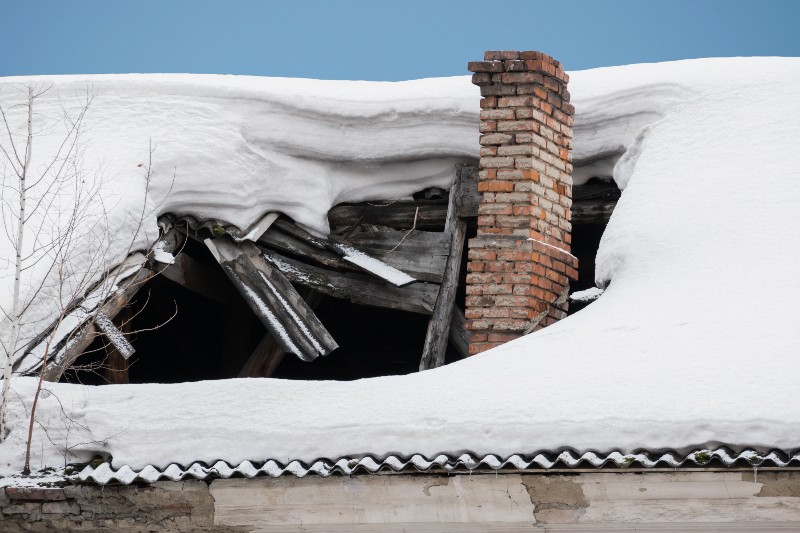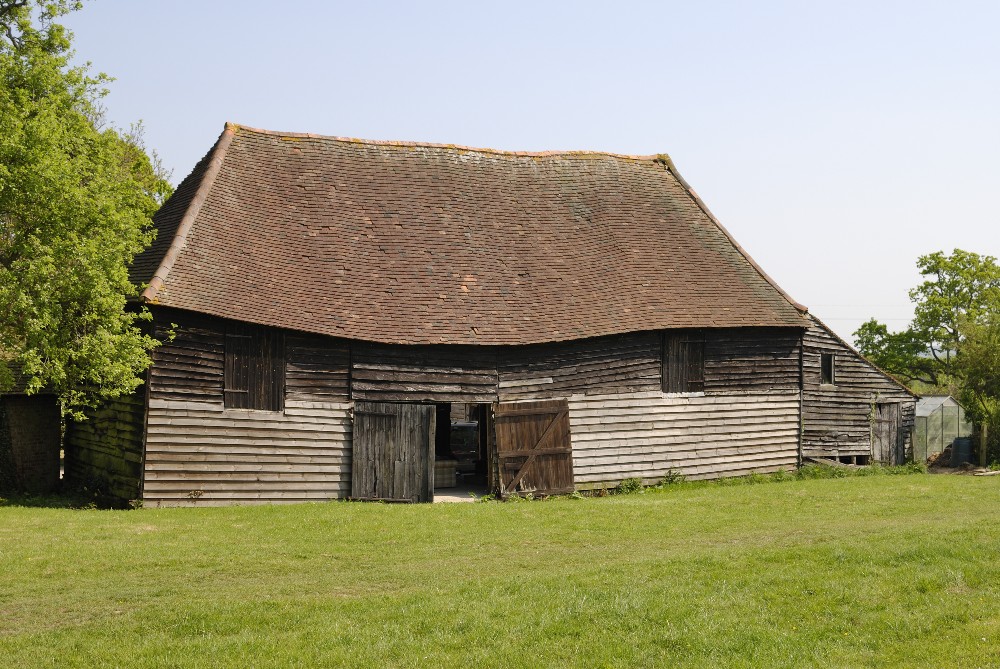A sagging roof can be very worrying. While minor sagging doesn’t necessarily point toward an imminent collapse, you should get the problem fixed as soon as possible. Read on to learn why roofs sag and find out the best strategies for correcting the problem based on the cause.
When Moisture Is the Cause
Snow and rain can seriously damage roofs that are old, poorly designed or improperly maintained. Shingles must be in good condition to ensure that water doesn’t collect. Roof pitch must also be properly figured to ensure that water flows to guttering and downspouts. Metal flashing must also be installed at the junctions and the valleys to direct water away.
Damage to any portion of the roof’s surface will allow water to go where it doesn’t belong and weaken underlying structures. A poorly designed or damaged gutter system can also promote problematic water issues. If water isn’t properly directed through the gutters, it can collect on the roof and ultimately seep in.
Poor attic ventilation can exacerbate water problems. Without a proper amount of functioning vents to promote adequate airflow, moisture will build up beneath the roof, where it will cause mold growth and premature rot. Poor ventilation will also allow heat to build up, hastening the deterioration of shingles.
When water is causing a roof to sag, the first step is to correct the underlying cause. This could mean replacing flashing and shingles. It could also mean improving ventilation in the attic or replacing nonfunctioning gutters and downspouts.
To fix the sagging issue itself, you will likely need to have angled braces installed to shore up the roof rafters. You may also need to add more support to the walls by adding chains affixed to the wall plates and fastened in the middle with a reliable turnbuckle. Depending on the extent and severity of the sagging, your roofing contractor may need to utilize jack posts to elevate the roof before they can install any reinforcement.
When the Problem Is Snow
All roofs are made to support a specified weight. If they are forced to support anything exceeding this amount for extended periods of time, they will eventually start to sag. In cold-winter regions, snow is the most typical cause of excessive weight on roofs.
If snow is causing your home’s roof to sag, it’s important to call a professional to clear your roof. Improper snow removal can damage your roof and make it even more susceptible to water damage and increased sagging. Roof rakes can help you eliminate lighter snowfall. You should also keep your attic well ventilated and insulated to prevent ice dams.

Weight-related sagging is also often the result of design flaws that make roofs unstable. Common flaws include insufficient sheathing, undersized rafters or too few collar ties and/or rafters.
In a stick frame sloped roof, these flaws will often cause the ridge to sag near the middle, creating a sort of swayback look. Sometimes, however, the roof may also begin to sag at one side. In many instances, you may be able to correct the problem by adding new rafters directly alongside the damaged or weak ones.
If the roof sags between the trusses or rafters, the most likely reason is thin sheathing. In this case, you will need to have the material replaced with thicker sheathing.
Other Causes
Sagging can also occur under stress from multiple layers of roofing shingles and other material that are too heavy for the roof. If your roof starts to sag under the weight of excessive shingles, you will usually need to remove them and add new shingles. This will give your roofing contractor an opportunity to inspect the roof underlayment and flashing for signs of damage. If your roof began to sag after you switched to heavier roofing material (adding clay tiles in place of wood shingles, for instance), you will likely need to switch back to the lighter material.
Faulty installation and low-quality roofing material can cause roofs to slump. Cheap materials are much more vulnerable to weather- and water-related damage and will usually deteriorate faster. Even premium-quality materials won’t last forever. Most roofs will last from 15 to 30 years depending on the materials used, the design and your climate. If your sagging roof is more than 30 years old, you will probably need to have it rebuilt to correct the problem.
Need a new roof or help repairing weather-related damage? A to Z is ready to help. We’ve developed a widespread reputation as one of Colorado’s premier roofing contractors by providing reliable workmanship and attentive, honest customer service. Contact our attentive team to learn more.

